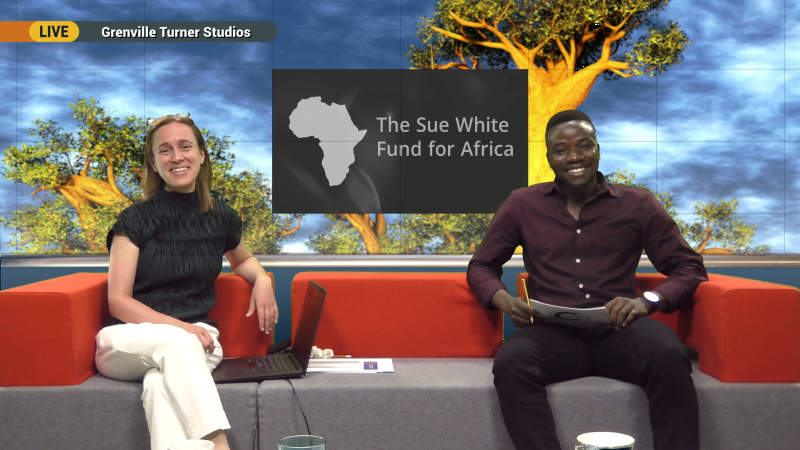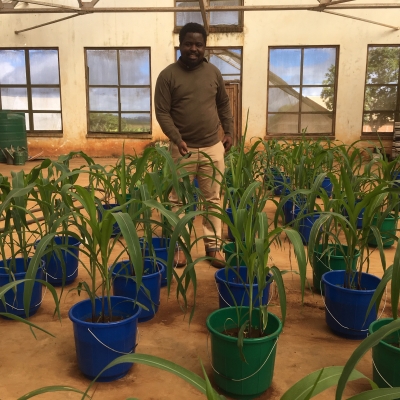
Background/rationale
Water transfer from water surplus regions to water deficit regions is being considered in the Anglian Water region of the UK and is also being debated in Ghana to improve the resilience of drinking water supplies. However, we do not know how this will impact on water quality (e.g. natural organic matter [NOM], which changes temporally and spatially) and its treatability. These water transfers will invariably result in blends of water containing NOM of different characteristics, resulting in variable removal potentials by normal coagulation and sorption processes. NOM character also influences the downstream formation of potentially carcinogenic disinfection by-products (DBPs). Therefore, understanding the characteristics of organic matter will be of paramount importance in effectively managing and treating new water resources and blends in both the UK and Ghana.
Project aims
The current project seeks to:
- Characterise and assess the spatial and temporal variability of NOM in both the UK and Ghana lowland surface waters;
- Determine which features of NOM control their removal by water treatment processes (coagulation, ion exchange and adsorption);
- Determine the fraction of NOM that is removed and not removed by the treatment processes and their influence on DBPs formation;
- Identify the differences in NOM between the UK and Ghana source waters and understand how this might influence water resource management plans.
Benefits
The project findings will provide Anglian Water and the Ghana Water Company Ltd with the tools needed to manage the planned movements of water within their active region(s). These tools will help develop strategies to adapt current and future operation of WTWs by selecting the most appropriate treatment technology for the effective treatment of these water sources. More so, this will ensure the continuous production and supply of high-quality drinking water to everyone as stipulated in the sustainable development goal (SDG) six as source water quality changes.
Additionally, this approach can be translated to other regions in the UK, Ghana, and other parts of the globe undergoing similar water resources planning. The project will also be helpful to stakeholders such as the Environment Agency, who are leading on water resource planning but may not necessarily be thinking specifically about impacts on water treatability when devising these plans.



